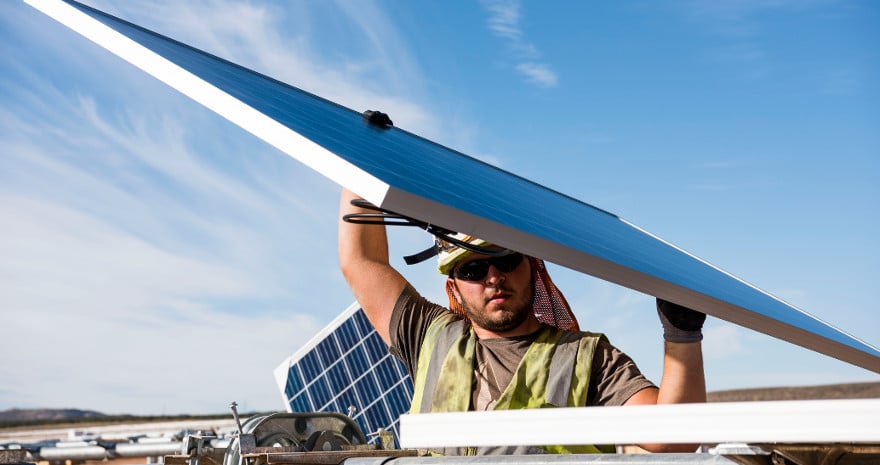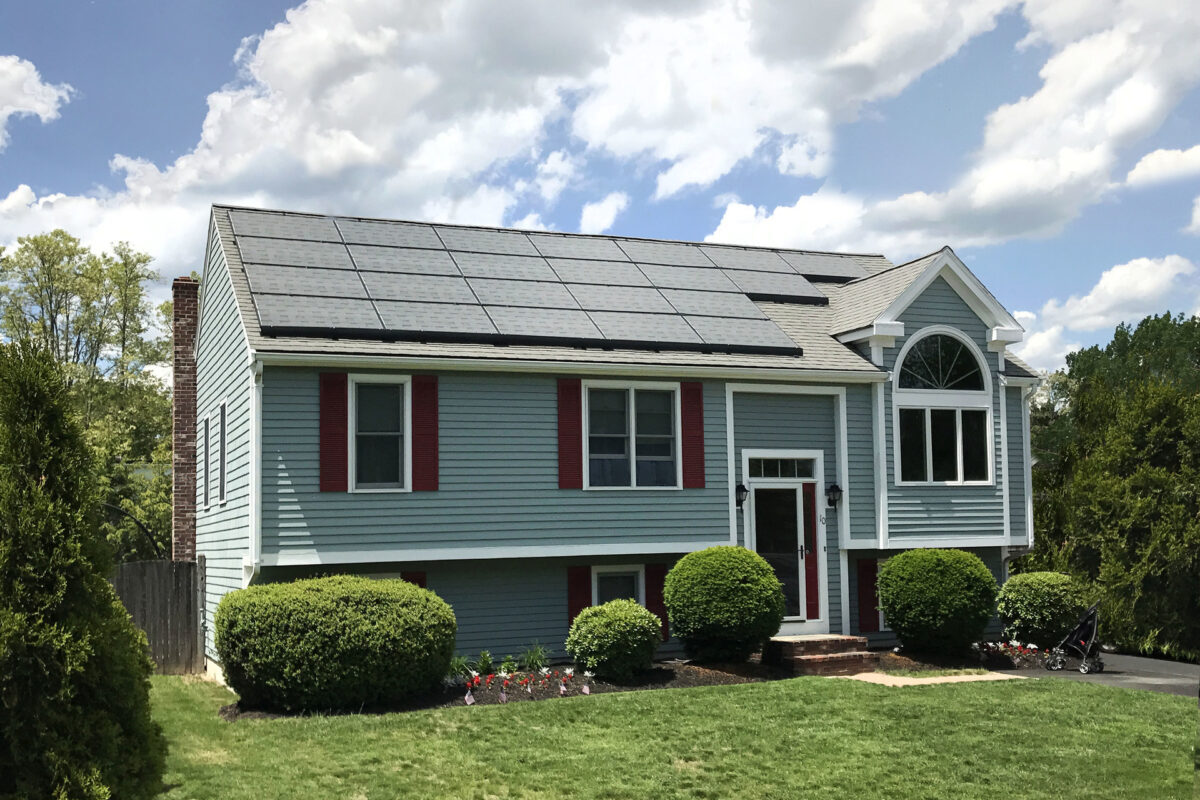We at pv magazine have long known that 2019 was going to be a banner year for large-scale solar PV deployment. On January 1 we covered the 139 GWac of solar projects in the interconnection queues of six regional grid operators (we did not have SPP data at the time), and this volume has only grown since then.
It is always hard to predict exactly how big the market will be, and what the dynamics look like. However, this week we got another indication that the market is starting to kick off in a major way, with the U.S. Department of Energy’s Energy Information Administration (EIA) reporting that 1.4 million PV modules were shipped in the United States in June – the highest monthly volume since 2016.
EIA does not yet have July or August data, but pv magazine has been able to find other confirmation of the boom in solar project construction, and a subsequent escalation of module prices. Wood Mackenzie is reporting a total of 9.8 GWdc of solar projects are currently under construction – by far the highest volume it has seen to date.
And as should be expected, this is creating tight supply and driving up module prices. Wood Mackenzie Senior Research Analyst Dr. Xiaojing Sun reports that mono-PERC modules used in large-scale solar rose from 38.2 U.S. cents per watt in Q1 to 41.6 cents per watt during Q2, and that she expects this to rise to 44 cents per watt by the end of Q3 – a 15% increase over six months.
Distributors are also reporting higher prices and greater lead times. Kevin Sheehan, the senior director of supply chain for BayWa r.e. Solar Projects, told pv magazine that while his company usually has lead times of around 8 months to deliver modules, this has increased to 12 months due to the intense demand. That means that if you didn’t order modules in January or early February, it’s going to be harder to get them by the end of the year.
Sheehan also reports that some companies have strategically held capacity for late-comers, and are charging accordingly. He estimates that prices rose 15% from January to June, but that if you are buying product to be delivered by the end of December, it is more like a 20-25% increase over January prices.
Policy considerations
Every actor in this space who pv magazine spoke with has confirmed that the drop-down of the Investment Tax Credit (ITC) to 26% in 2020 and the need to make a certain investment by the end of the year to claim the full 30% is a main driver in this rush to get modules. But Sheehan also notes that procurement at the beginning of the year was delayed due to the step-down of the Section 201 tariffs, which fell to from 30% to 25% in February, and increased after that.
And a rush to beat the ITC step-down doesn’t mean that things are necessarily going to slow down in 2020. In terms of the 9.8 GW of large-scale solar currently under construction, Wood Mackenzie Solar Analyst Colin Smith notes that slightly more than half of this volume is expected to come online after the end of the year.
Nor has the exemption to Section 201 duties for bifacial modules done much to relieve demand. BayWa r.e. and Wood Mackenzie both report that there is not a lot of bifacial capacity currently on-line to deliver product, but other analysts expect that to change quickly.
IHS Markit expects a stunning 20 GW of bifacial module capacity to be online by the end of this year in Southeast Asia, which represents the main source of modules destined for the U.S. market. It remains to be seen if this forecast will fully bear out. In the interim, it’s a seller’s market for solar panels, and promises to continue to be so for months if not longer.
This content is protected by copyright and may not be reused. If you want to cooperate with us and would like to reuse some of our content, please contact: editors@pv-magazine.com.









“Nor has the exemption to Section 201 duties for bifacial modules done much to relieve demand. Baywa and Wood Mackenzie both report that there is not a lot of bifacial capacity currently on-line to deliver product, but other analysts expect that to change quickly.”
In other articles on the international market, I find articles that say entities like JinkoSolar have been in bids to manufacture bi-directional panels at $0.28 a watt. Who is it that has bought into a mass manufacturing run at this price point? So, is it now at $0.35 a watt? Still all in all, looking back at 2005 to now, when premium panels were running a top price of $5.50 a watt for a 200 watt panel at the time is now around $0.35 watt for bi-facial 300 watt or higher output panels.
I’m not seeing a reason to slow down installation at all. I do see a reason for manufacturers to ramp up production, with China’s and the U.S. trade war going on, I can see China cranking out as much product as they can and running all over the tariffs imposed on the market so far. IF mono-PERC is hit hard by tariffs, then companies will sign contracts for production of bi-facial and probably gain more generation output in their proposed developments. On the other hand, put in less bi-facial panels to meet generation requirements and use the ‘extra’ money for energy storage, maybe more energy storage than the plant was initially designed for.
This is truly the definition of a “disruptive technology”.